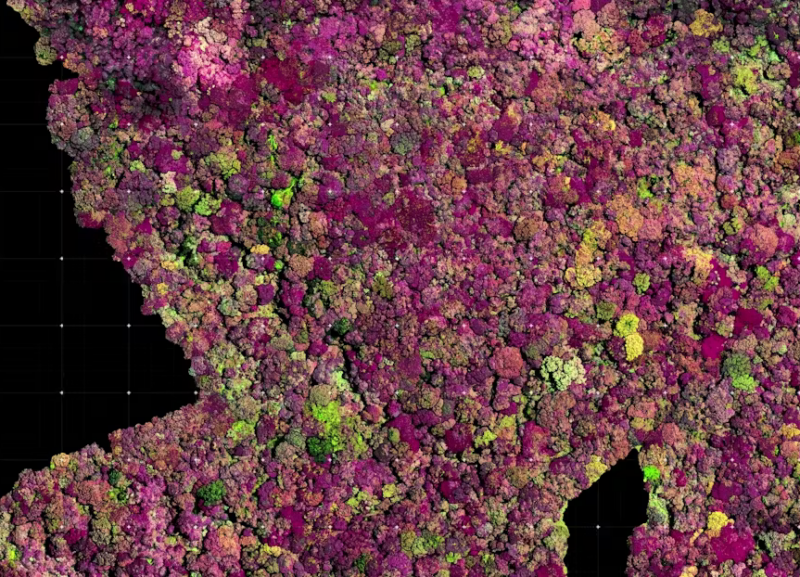
Enlarge / Map from drone mission search for the Encephalartos Woodii in the Ngoye Forest in South Africa. (credit: CC BY-NC)
“Surely this is the most solitary organism in the world,” wrote paleontologist Richard Fortey in his book about the evolution of life.
He was talking about Encephalartos woodii (E. woodii), a plant from South Africa. E. woodii is a member of the cycad family, heavy plants with thick trunks and large stiff leaves that form a majestic crown. These resilient survivors have outlasted dinosaurs and multiple mass extinctions. Once widespread, they are today one of the most threatened species on the planet.
The only known wild E. Woodii was discovered in 1895 by the botanist John Medley Wood while he was on a botanical expedition in the Ngoye Forest in South Africa. He searched the vicinity for others, but none could be found. Over the next couple of decades, botanists removed stems and offshoots and cultivated them in gardens.



0 Comments